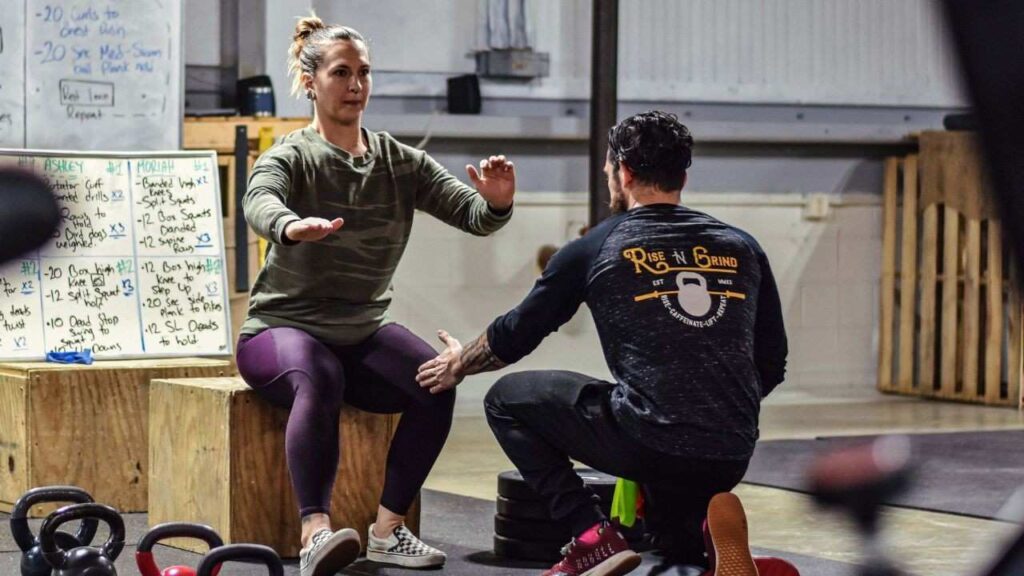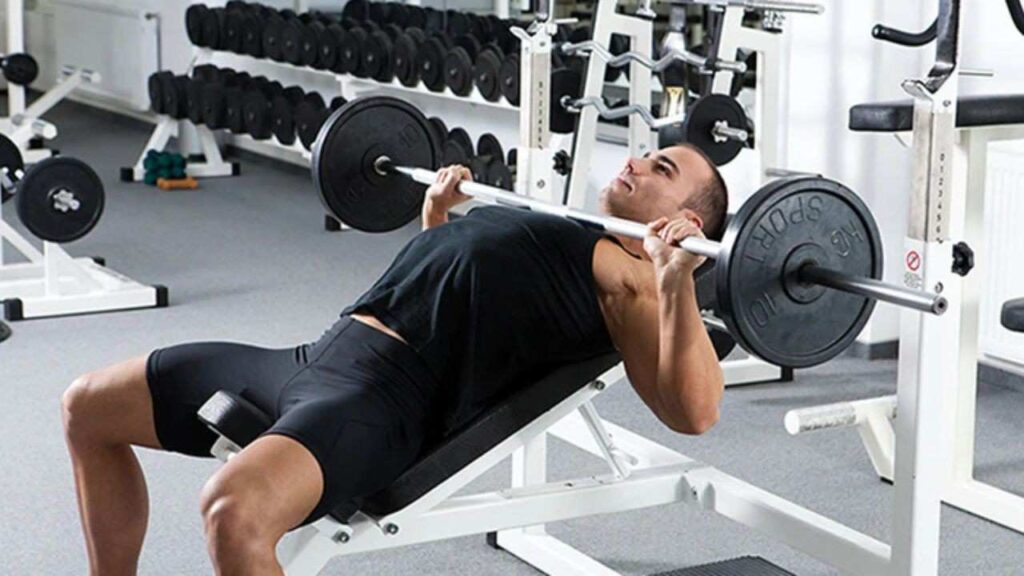The world’s top athletes and bodybuilders did not start with massive strength or curved abs. They were once beginners, unsure of where to begin. A structured routine is essential to guide beginners, outlining exactly what to do, what to avoid when to exercise, and which foods and supplements to incorporate. This beginner’s guide provides just that a foundation to get started.
In two months, it aims to help beginners transition to a more advanced level, equipped with a stronger, slim physique and the confidence to continue progressing. A whole-body training split, as the name suggests, involves training the entire body in each workout session. The main advantage for beginners is that it enables each muscle group to be trained more frequently up to three times per week.
This repeated workout is also beneficial for training the neurological system. Before focusing on building significant muscle, muscles need to learn to contract effectively. Learning how to perform exercises like the bench press or squat. The muscle fibers must learn to contract synchronously so that you can do the exercise correctly and with maximum strength. And the most effective approach to learning how to do something is through repetition.
However, for the first two weeks of this program, they will be completing a whole-body workout three times per week. We will dive into the routine covers everything from setting goals to executing a balanced workout and optimizing recovery.
Ultimate Workout Routine for Beginners
Foundation for Fitness

Exercises to work on
The exercises chosen for this phase are time-tested mass-builders that have been used for decades if not centuries. These workouts include the bench press, squat, and barbell curl, among others. This phase includes only one exercise per muscle group because adding more will lengthen the session and overwork muscles that are still unconditioned.
Reps
This includes performing a specific exercise once across its full range of motion. For example, one rep is when you lie down on the bench press, drop the bar to your chest, and then press it back up. During this phase, the beginner should do about 10-12 reps per set. This is an appropriate range for a newbie to develop proper workout techniques and increase muscle size and strength.
Weights
The rep range determines how much weight that will be utilised. Because they will be completing 10-12 reps every set, select a weight that precludes them from doing more than 12 reps while allowing them to accomplish at least 10. Expect to gain strength over the next three weeks, so once they can perform more than 12 reps with the current weight, it’s time to increase it by 5-10 pounds.
Rest day
In Phase 1, participants rest for 2-3 minutes between sets. This duration allows enough recovery to maintain the designated rep range and use a consistent weight across all three sets. Research published in the Journal of Strength and Conditioning Research found that novice lifters who rested 2.5 minutes between sets experienced greater muscle growth in their arms compared to those who rested for only one minute.
Building and Gaining Momentum

New Exercises
After two weeks of doing a whole-body split, it’s time to provide a fresh challenge for the muscles. For the third and fourth weeks, trainees will switch to a two-day training split, which will be done twice a week, for a total of four sessions each week. A two-day split separates the body into two unique workout routines, with half of the body trained in one activity and half in the other.
In this two-day split, Workout 1 targets all torso muscular groups (chest, back, shoulders, and abs), while Workout 2 targets limb muscles. This phase incorporates the core mass-building exercises introduced in Phase 1, along with additional exercises.
Reps
Reps are reduced to 8-10 per set for the first exercise of each muscle group in the phase, allowing for slightly heavier lifting that benefits both strength and growth gains. The second and third exercises use a greater rep range of 10 to 12. To improve calf endurance and development, the rep range is extended to 15-20.
Change of Weights
During this time, heavier weights will be used, particularly on the first exercise of each muscle group. Trainees should choose a weight that allows for 8-10 reps on the first exercise, and 10-12 reps on the second and third. When reps exceed the designated range, raise the weight by 5-10 pounds or make adjustments as needed to bring reps back within the range.
Rest
The time of rest changes by 2–3 minutes between sets. This is to support heavier lifting and ensure the completion of higher reps for optimal strength and size increases. The structure remains at three sets per exercise. However, with two exercises per muscle group, the total sets per muscle group increase from three to six.
Pushing Limits for Peak Gains

After four weeks of constant training, beginners should feel more confident in their exercise form since their neural systems and muscle fibers have acclimated to repeated repetition. By Week 5, it’s time to ramp up both the workload for each muscle group and the overall intensity. The goal is constant progress, which is attained by consistently increasing the bar. This phase transitions to a three-day training split, dividing the body into three workout groups rather than two.
This design targets fewer muscle groups every session, allowing for more exercises and intensity per group. The body is divided into three sections: a “push day,” which trains all upper-body pushing muscles (chest, shoulders, and triceps); a “pull day,” which focuses on the upper-body pulling muscles (back, traps, biceps, and forearms); and a “leg day,” which trains the legs and calves.
Final Round of Exercise
This phase involves the same exercises as the previous phases, with an additional exercise added to most muscle groups. To build well-developed muscles
Reps
Excluding the calves, abs, and forearms, the initial exercise per muscle group will be 6-8 reps per set. The second exercise will be 8-10 reps, while the final exercise will be 12-15 reps.
Weight Changes
The proper weight allows them to hit the listed rep range for each exercise. And continue to add weight when the person finds themselves able to complete more reps than the listed rep range.
Rest
Here also the rest is about 2–3 minutes between sets to allow the person to stick with heavier weight and complete more reps for maximizing strength and size gains.
Sample Weekly Beginner Workout Plan
| Day | Workout Type | Example Exercises |
|---|---|---|
| Monday | Full-Body Strength | Squats, Push-Ups, Dumbbell Rows, Glute Bridges, Plank |
| Tuesday | Active Recovery | Light cardio, walking, or stretching |
| Wednesday | Cardio and Core | 20–30 mins cardio, Russian Twists, Mountain Climbers |
| Thursday | Rest | |
| Friday | Full-Body Strength | Same as Monday |
| Saturday | Light Cardio | Brisk walk, jog, or cycling |
| Sunday | Rest |
Elevating the Challenge
Starting an exercise routine as a newbie is a challenge in finding one’s body’s potential and limitations. This step-by-step approach covers all the fundamentals, giving novices confidence, empowerment, and assistance as they work towards their objectives. Every minor accomplishment should be recognised, whether it’s lifting a larger weight, executing an extra push-up, or simply feeling more energised.
Beginners can develop from entry-level workouts to more intermediate routines over time with perseverance, consistency, and a positive attitude. Embracing the road, remaining patient, and understanding that each step forward is a success can help them stay motivated and achieve long-term outcomes. It’s also vital to maintain a nutritious diet, stay hydrated, and see your doctor regularly to monitor your health.


